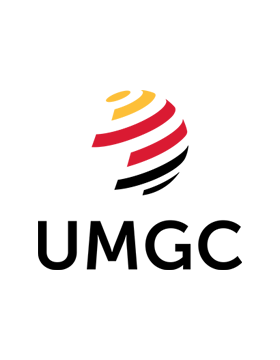Without Starting from Scratch
If you’ve spent time on job search platforms like Indeed or LinkedIn, you’ve probably seen the field where you can paste (or even type) your cover letter directly into the application. This seems convenient at first but it can become tiresome if you’re applying to several jobs in succession, and tailoring your cover letters is the only way to grab the hiring manager’s attention. The good news is that with the right approach, you can create a flexible template and make targeted tweaks to your cover letter in just a few short minutes.
Create a Template
Think of your cover letter like a playbook. The majority of it can stay the same, such as your introduction, the story you tell about your skills, and your closing paragraph, but certain details should be swapped depending on the job you’re applying for. To help you get started, here are four key details your template should include:
- A short intro: Who you are and why you’re applying.
- Career highlights: Skills, achievements, or projects you’re most proud of.
- Interest in the role: Why this company and position are the right fit.
- A confident closing: Express enthusiasm and include an invitation to connect with the hiring manager.
Creating a template will help you save a lot of time. Instead of staring at a blank page, you’ll be making quick edits to something that already works.
Focus on the First Sentence
When you’re applying through online portals, recruiters often skim dozens of applications in minutes. This means a generic opening like “I am writing to apply for the role of…” won’t stand out. You’ll need to tailor the very first sentence of your cover letter by mentioning the company name and one specific detail about the role or organization. Check out these examples:
- “I’m excited to apply for the Financial Analyst role at [Company Name], especially given your team’s focus on leveraging data to drive strategy.”
- “As a recent graduate with a passion for sustainable investing, I was drawn to [Company Name]’s commitment to green finance.”
Making small tweaks takes seconds but will make your cover letter far more thoughtful and personalized in the eyes of the hiring manager.
Include Keywords from the Job Description
Online applications often use Applicant Tracking Systems (ATS) to scan cover letters for relevant keywords. To increase your chances of making it through, identify two or three core skills or requirements in the job description and work them into your letter. For example, if the posting emphasizes “project management,” “stakeholder communication,” and “problem solving,” weave those exact phrases into your paragraph about your skills.
This will not only help your chances with the ATS, but it will also show the recruiter you read the description carefully. If you’d like to learn more about how to tell whether a company is using ATS, check out our previous advice here.
Use One Custom Paragraph
The fastest way to tailor a cover letter is to swap out one whole body paragraph while keeping the rest intact. A simple formula for achieving this is to reference the company’s focus or mission by pulling it from the job listing, company website, or recent news on social media, and then connecting it to your own skills or experience. Here is an example to help you get started:
“Your emphasis on digital transformation stood out to me. In my previous internships, I helped implement a new CRM tool that improved client outreach by 30%. I’d love to bring that same combination of technical skills and problem-solving ability to your team.”
That one custom paragraph can make the difference between a generic letter and one that feels like it was written specifically for the company you’re applying to.
Keep It Short
Since many online platforms ask you to paste your letter into a field, recruiters often skim rather than read line by line. Aim for three to four short paragraphs with no more than 250-300 words total. Brevity shows respect for their time and forces you to focus on what matters most. Try to think of your cover letter as a “highlight reel,” rather than a full-length feature film.
Save Multiple Versions for Future Use
Another time-saving trick is to create a small library of cover letter snippets. Here, save different versions of your opening sentences and closing lines. Along with this, create multiple middle paragraphs that you can use for different situations. For example, you might have specific paragraphs that are tech-focused, leadership-focused, or client-focused.
Now you’ve got the building blocks to make a variety of different cover letters very quickly. So, when you apply through an online portal, you can mix and match based on the role. The best part is, this customization will only take minutes and will save you valuable time and energy.
Proofread Quickly but Carefully
Silly grammar and spelling mistakes, along with pasting in the wrong company name or relevant skills can and will hurt your candidacy. Before you submit your application, read your cover letter out loud. This should only take a minute or so and it will help you catch any errors your eyes might have skipped over.
Another quick tactic is to paste your cover letter into a simple program like Notepad before you paste it into the job search platform’s field. This will help identify any basic errors, but you’ll still have to ensure that you’ve got details like the company name and your relevant skills right.
It’s important to remember that what recruiters are looking for are signs that you’re genuinely interested in their company, not just any company. Using these strategies, you’ll be able to write cover letters that are quick and effective, and that stand out among all those generic cover letters.
This article has been republished with permission from Vault.




